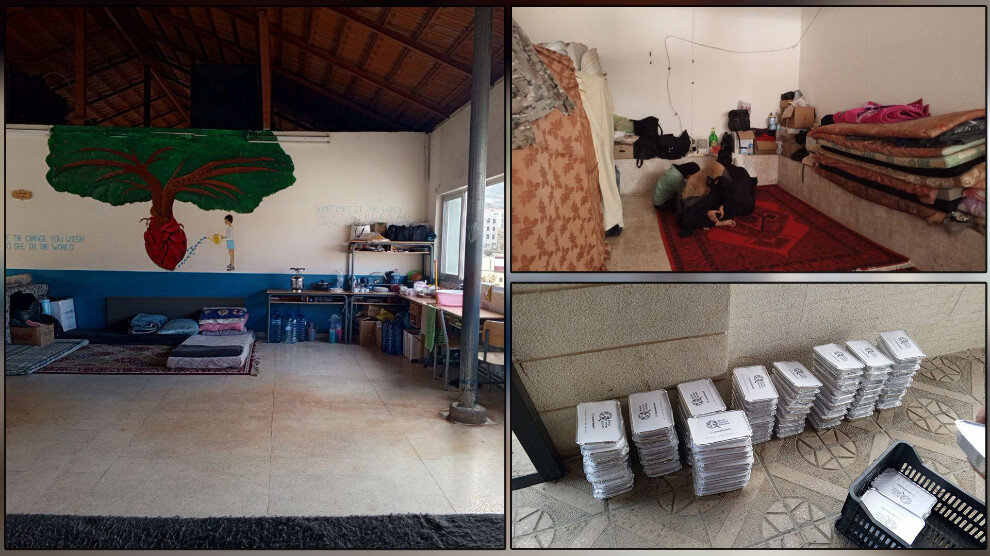Displaced people in Lebanon struggle to survive
The people displaced by the ongoing Israeli bombardment on Lebanon struggle to survive, looking for safe shelters. Children and old women are most vulnerable to displacement

SUZANNE EBOU SAID
Beirut- The number of displaced people in Lebanon has been increasing due to Israeli evacuation warnings. Since October 8, 2023, more than 1.2 million people — about 20 percent of the population — have been displaced across Lebanon by Israeli airstrikes. More than 830,000 people are now displaced within Lebanon, while the number of people fleeing Lebanon has also increased according to the United Nations High Commissioner for Refugees (UNHCR), with approximately 440,000 people crossing into neighboring Syria and some Lebanese nationals fleeing to Iraq.
The majority of those displaced in Lebanon are women and children. People over the age of 70 and children under the age of 15 are the most marginalized groups in need of care.
She slept outside for three days
Zahia Hassan Suleiman (85) is a displaced woman from the town of Shaitiya in Labanon’s Tyre city. “I have five sons and two daughters but I was living alone in my house,” she told NuJINHA. Zahia Hassan Suleiman has taken shelter in a school. “I came here a month and 10 days ago with my neighbor. We slept outside for three days until we found a space in this school. Since I suffer from knee pain, the staff gave me medicine. Everyone at the school helps me and takes care of me.”
“I am about seventy years old, having four daughters and five sons,” said Saada Ali Al-Kamouni, another displaced woman in Lebanon. I got sick due to our long journey by car. We just wait here in hope of returning home.”
Their house was destroyed
Sama Abdullah (10) is from Haret Hreik in the suburbs of the Lebanese capital of Beirut. The house was destroyed when an Israeli airstrike targeted a nearby building “We came here because of war. I am in fourth grade. I love my school and hope to return to my home,” she told us. Sama Abdullah fears whenever she sees warplanes. “Whenever I see them, I think they will target us. When the war ends, I do not know if we will be able to return to our home because it needs a lot of repairs.”
More than 120 people take shelter at school
Saada Mishik is a woman over 80 years old. She has a son but she has received no news from her son for two months. She is from a Baalbek's village but she fled the Israeli airstrikes and took shelter in Charoun, a village 31 kilometers away from Beirut. “For more than one month, we have taken shelter in a school. I have been suffering knee pain and stomach pain for a long time,” she told us.
“Since the first day, we have received a number of displaced people in a two-story school,” said Enaya Fayyad, a humanitarian worker and member of the Lebanese Women’s Forum. “The number of displaced people taking shelter at the school has risen to 120. The number was higher than that of some left to look for other shelters or travel outside the country. The committee follows up on the conditions of the displaced people and meets their needs. A team from the Lebanese Red Cross and the National Disaster Management Authority visited us. A medical team of the Lebanese Women's Forum also visited us. We have doctors and healthcare workers. Some associations and initiatives support us to help the displaced people. As the Lebanese Women’s Forum, we organize activities for children with the support of associations.”
